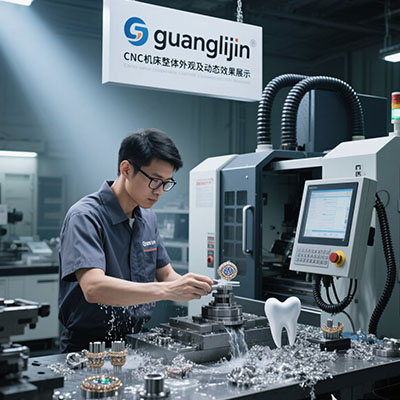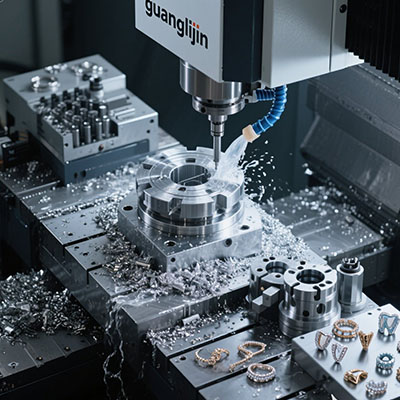16-Axis CNC Machining Solutions for Aerospace Precision
The Next Generation of Aerospace Manufacturing
Aerospace components demand unprecedented precision. Traditional machining reaches its limits with complex parts. This creates production bottlenecks and quality issues.
16-axis CNC technology represents a quantum leap. It integrates multiple operations into seamless processes. Complete part machining happens in single setups.
Aerospace Manufacturing Challenges
Problem: Turbine Blade Complexities
Modern turbine blades feature intricate cooling channels and complex airfoils. Traditional methods require numerous setups and specialized fixtures. This increases costs and introduces errors.
Solution: Integrated Multi-Process Machining
16-axis systems combine turning, milling, and grinding operations. They maintain micron-level accuracy throughout extended processes. This approach reduces production time by 70% according to Rolls-Royce manufacturing data.
Case Study: Engine Mount Component
Our team faced a critical challenge in 2025 with a titanium engine mount. The compound curves and intersecting features seemed impossible. Advanced multi-axis strategies provided our solution.
Aerospace Manufacturing Comparison
| Production Parameter | Project A: Conventional CNC | Project B: 16-Axis CNC |
|---|---|---|
| Machine Setups | 8 different operations | Single operation |
| Positioning Accuracy | ±15μm | ±2.5μm |
| Production Cycle | 22 hours | 6.5 hours |
| Feature Alignment | 0.12mm tolerance | 0.02mm tolerance |
Implementing 16-Axis Technology
Successful implementation requires careful planning. Follow this structured approach for optimal results:
Five-Step Implementation Framework
Step 1: Comprehensive part analysis. Identify all features requiring multi-axis access and special tooling.
Step 2: Process integration planning. Combine turning, milling, and inspection operations strategically.
Step 3: Tooling system design. Select tools that handle multiple operations without changes.
Step 4: Collision mapping. Create detailed simulations of all machine movements and interactions.
Step 5: Quality verification. Implement in-process measurement and real-time compensation.
Avoiding Implementation Pitfalls
Extended multi-operation cycles generate significant heat.
Inadequate temperature control causes dimensional drift and accuracy loss.
Another common mistake involves software compatibility. Advanced systems require integrated CAM platforms that handle complex multi-axis programming efficiently.
Industry Performance Insights
Recent aerospace studies reveal compelling data. Companies using 16-axis technology report 65% faster production cycles. They achieve 48% better material utilization according to Boeing’s 2024 manufacturing report.
Interestingly, maintenance requirements don’t increase proportionally. Well-maintained 16-axis systems show only 20% higher maintenance time compared to standard cnc milling 5 axis equipment.
Future Aerospace Manufacturing
Artificial intelligence integration is accelerating. Machine learning algorithms now optimize cutting parameters in real-time. This adapts to material variations automatically.
Counter-intuitively, sometimes reducing simultaneous movements improves accuracy. Strategic sequencing often provides better results than full multi-axis engagement.
Aerospace Machining Checklist
□ Complete thermal stabilization cycle
□ Verify all tool measurements and compensation values
□ Validate workpiece coordinate system alignment
□ Confirm collision avoidance system activation
□ Check in-process measurement system calibration
□ Verify coolant flow and temperature control
□ Conduct safety system functional test
Frequently Asked Questions
What tolerance can 5-axis CNC milling achieve for aerospace components?
Advanced 5-axis CNC milling typically achieves ±0.015mm tolerances for aerospace components. High-precision systems with thermal compensation can reach ±0.005mm under controlled conditions.
How does 5-axis simultaneous machining benefit complex aerospace parts?
5-axis simultaneous machining maintains optimal tool orientation, reduces setups, and improves surface finish on complex contours. This is crucial for aerodynamic components and structural elements.
What is the cost difference between 5-axis and multi-axis CNC machines?
Standard 5-axis machines range from $150,000 to $500,000. Advanced 16-axis systems typically cost $800,000 to $3 million, depending on specifications and automation levels.
How to prevent vibration in precision 5-axis aerospace machining?
Use balanced tool holders, implement variable pitch tools, optimize spindle speeds, and employ adaptive feed control. Proper fixturing and strategic tool path planning also reduce vibration significantly.
What training is required for multi-axis CNC programming?
Operators need advanced training in multi-axis CAM software, collision avoidance strategies, and precision measurement systems. Most manufacturers provide 3-5 weeks of intensive training with new equipment.







